Minimally invasive spine surgery is by definition better for the human body. The recovery is practically immediate and the risks are much lower compared to other years.
The specialty in spine and skull is characterized by constantly having high-risk surgeries. For this reason, efforts have been made focused on accelerating improvements that allow better tissue manipulation.
The wounds required in open spine surgery are in stark contrast to minimally invasive surgery; so many incisions are no longer necessary to perform certain procedures that were optimized with the new techniques. Open cervical spine surgeries begin with an incision in the nape of the neck and required very large work areas that caused slower and more risky patient recovery. Now it is done through the neck, near the trachea, using the anterior approach.
The most important principle of minimally invasive spine surgery is to safeguard the anatomical structures in ever smaller corridors in order to normalize vertebral function as much as possible.
In addition, technologies such as endoscopic navigation and robotics have been incorporated. This also includes improvements in other branches of medicine; For example, in diagnosis. The review of the studies has been improved too in the last decades because they are more accurate in the resulting data.
Some of the most popular surgical techniques for minimally invasive spine surgery include the following:
1.- Endoscope-assisted spine surgery.
2.- Minimally invasive transforaminal lumbar interbody fusion.
3.- Minimally invasive extraforaminal lumbar interbody fusion.
The technologies used in minimally invasive spine surgery are:
Endoscopy: reducing the surgical corrido thanks to high-definition micro cameras.
Navigation: During surgery, imaging studies such as X-rays, MRIs, etc. are performed to track instruments and prostheses in real time. The precision achieved allows improvements in safety and efficacy, over and above traditional spinal surgery techniques.
Robotics: Some sources point out that machine-assisted screw fixation is more precise. However, Dr. Jiwon Park states that robotics in general does not present enough clinical data regarding its usefulness.
All these advances have made possible to have better results for the most difficult-to-treat diseases. We are talking about surgeries that before did not have good prognoses and today there is a much greater chance of curing patients who previously received the news that their condition was not possible to be treated.
Of course, the treatments are not limited to surgery yet they are included in systemic therapies, some patients received chemotherapy or radiotherapy and their case went to metastases that need the surgical intervention. Other patients have a deformity that was previously unsafe to intervene because of the risks before was about their lives or leave them even worse.
The psychological burden of a spinal disease has also been reduced by having options that preserve the patient’s natural anatomy, reduce recovery trauma, and extend people’s quality of life.
Complex spinal pathology
- Metastasis
- Deformity correction
- Spinal cord injury




